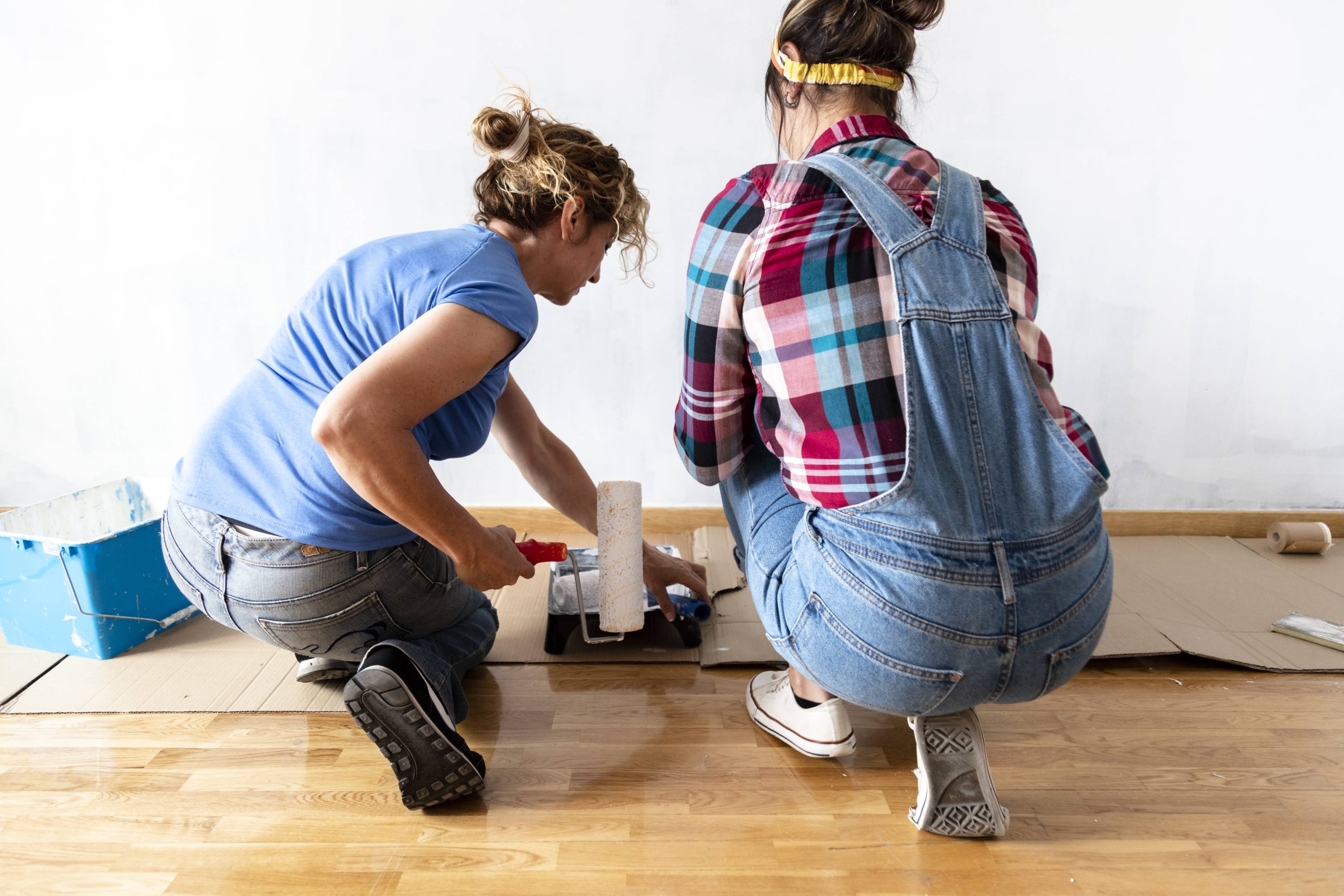
Spring is just around the corner, bringing with it the sweet melodies of birds chirping, signaling new beginnings and vibrant life. As DIY enthusiasts, Spring offers the perfect opportunity to engage in creative projects that not only beautify our gardens but also support local wildlife. One such project is building a birdhouse, which allows us to welcome these delightful feathered friends into our gardens. In this blog post, I’m excited to guide you through building your own birdhouse, a wonderfully satisfying project that adds charm to your garden, offering safe harbor for birds as they prepare to nest.
Why Build a Birdhouse?
Before we dive into the construction process, let’s explore why building a birdhouse is beneficial:
1. Support Local Bird Populations: With increasing urbanization, habitat loss has become a critical issue for many bird species. A birdhouse offers a safe, convenient place for birds to nest, significantly boosting their chances of reproducing successfully.
2. Natural Pest Control: Birds feed on insects such as mosquitoes, aphids, and caterpillars, helping keep these pests in check naturally.
3. Garden Aesthetics: A well-designed birdhouse can be a charming addition to your garden. Handcrafted birdhouses not only show off your creativity but also blend harmoniously with nature.
4. Educational Opportunity: For families with children, building a birdhouse together can be a fun and educational bonding activity. Watching birds frequent your garden can provide a valuable learning experience about nature and wildlife.
Materials You’ll Need
Before getting started on your birdhouse, gather the necessary materials:
– Wood: Cedar, pine, or plywood are great choices. Cedar is naturally weather-resistant, making it ideal for outdoor projects.
– Saw: A handsaw, circular saw, or jigsaw can be used to cut your wood.
– Drill: You’ll need a drill to create entrance holes and drainage holes.
– Screws or Nails: For assembling your birdhouse.
– Sandpaper: To smooth out the edges.
– Non-Toxic Wood Sealer: Optional, to help protect your birdhouse from the elements.
– Measuring Tape and Pencil: Essential tools for measuring and marking your wood.
Step-by-Step Guide to Building Your Birdhouse
Step 1: Design & Measurements
Determine the type of birds you’d like to attract, as this will influence the size of your birdhouse. For example, a birdhouse for small birds like wrens or chickadees generally requires an entrance hole of 1 1/8 inches in diameter. A general set of dimensions to start with is a 5”x5” floor, 9” height for walls, and a slanted roof.
Step 2: Cutting the Wood
Using your saw, cut out the following six pieces from the wood:
– Front: 5”x9” with an entrance hole cut 2 inches from the top.
– Back: 5”x10” to provide extra length for hanging.
– Sides: Two pieces of 5”x9”. Cut one top edge of each side at an angle to accommodate the sloped roof.
– Base: 5”x5” with small drainage holes drilled in the corners.
– Roof: Two pieces measuring 7”x7”.
Step 3: Preparing the Wood
After cutting the pieces, smooth out all edges using sandpaper to prevent any splinters. Precision in sanding is important as it ensures your birdhouse looks neat and prevents injury to birds.
Step 4: Assembling the Birdhouse
Start by attaching the sides to the back of the birdhouse using screws or nails. Next, fix the front piece to the two sides, ensuring the entrance hole is positioned correctly. Then, attach the base. When attaching the roof, remember to leave a slight overhang to protect from rain.
Ensure the screws or nails do not protrude through the wood, as this could harm the birds.
Step 5: Finishing Touches
Once assembled, you can choose to apply a non-toxic wood sealer. Avoid bright paints or finishes, as they can deter birds or even pose health risks. The aim is to make the birdhouse blend seamlessly into your garden environment.
Step 6: Installing the Birdhouse
Find a suitable location in your garden to place your birdhouse. Ideally, it should be mounted on a pole or a tree at least 5-10 feet off the ground, away from predators like cats or raccoons. Ensure it’s facing away from prevailing winds and direct sunlight.
Maintenance and Observation
Regular maintenance ensures your birdhouse remains hospitable for its occupants. At the end of each nesting season, clean out the birdhouse to prevent parasites.
Once your birdhouse is up and running, take time to observe the new visitors in your garden. With patience, you’ll relish the joy of watching birds take up residence, build nests, and raise their young.
Conclusion
Building a birdhouse is a gratifying DIY project that offers numerous rewards, from enhancing your garden’s aesthetics to promoting biodiversity. Each birdhouse you create is a testament to your craftsmanship and provides a lasting contribution to local wildlife. This Spring, challenge yourself to build a birdhouse, and enjoy the vibrant, melodious world it invites into your backyard. Happy crafting!

